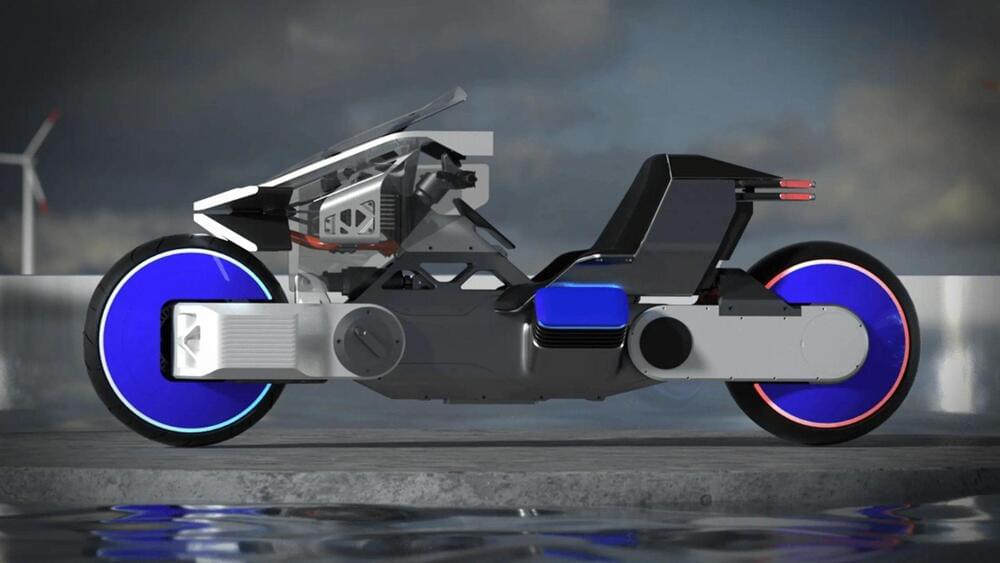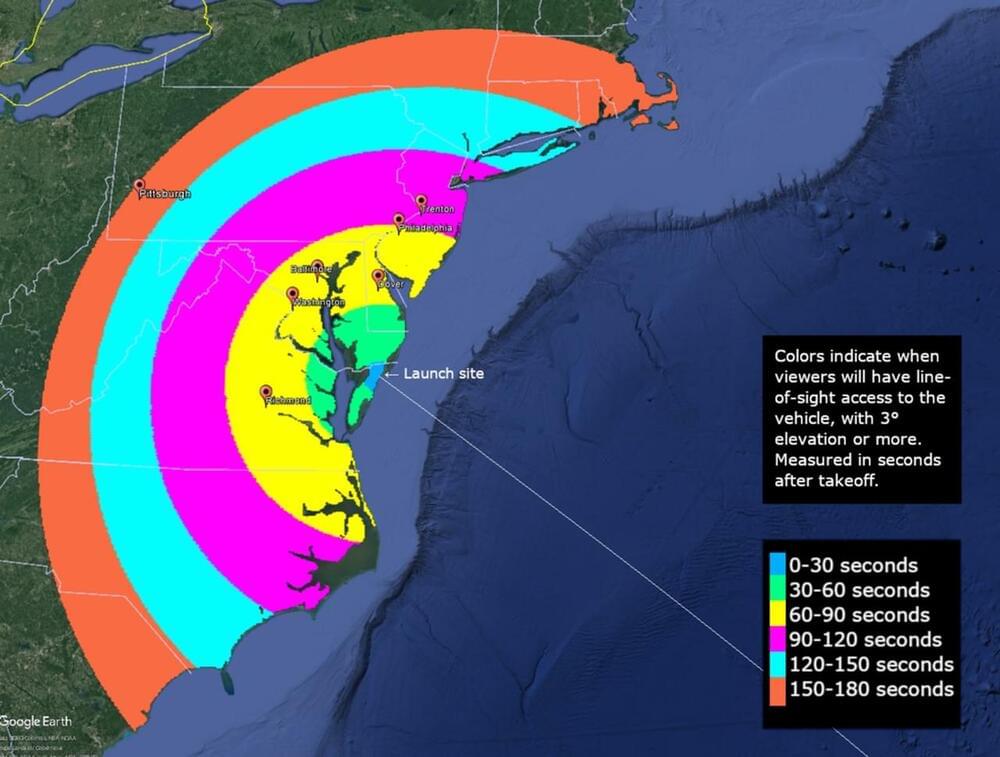The Senmenti will continue to accelerate quickly up to a stated top speed of 124 mph.
Two “super-scooters” completely packed with technology and a second outlandish concept that seek to revolutionize conventional chassis design will be on display at this year’s EICMA motorcycle show in Milan, Italy.
Horwin, an Austrian-designed and China-manufactured electric motorbike company, will debut two wild concepts this year at the show, according to an initial review report published by News Atlas on Thursday.
For what is effectively a maxi-scooter, the Senmenti 0, the super-scooter, boasts incredibly high-performance numbers with about 600 Nm (442.5 lb-ft) of rear-wheel torque.
A “super-scooter” completely packed with technology and a second outlandish concept that seeks to revolutionize conventional chassis design will be on display at this year’s EICMA motorcycle show in Milan.







